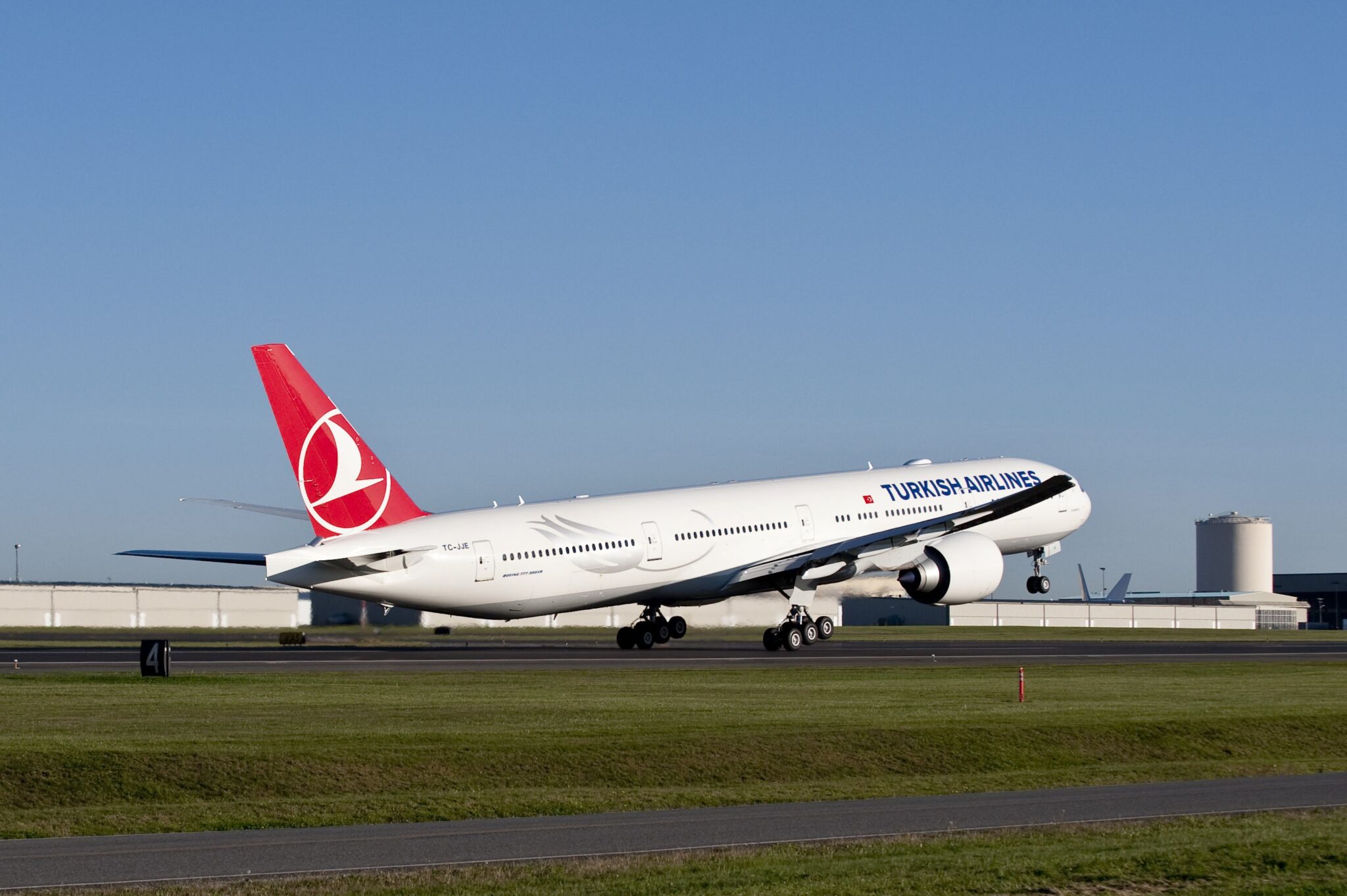Skift Take
Competition is heating up in the land Down Under, as the world’s most connected airline enters the Australian market for the first time.
From Afghanistan to Zambia, Turkish Airlines flies to more countries than any other carrier. But one nation has proved to be rather elusive, at least until now.
Over the weekend, one of the company’s distinctive red-tailed jets touched down in Australia for the first time.
It’s tempting to write off the arrival of Turkish Airlines in Melbourne as just another new long-haul route. In reality, Flight TK168 marked the beginning of a mini aviation revolution in Australia – one that is likely to have the incumbents worried.
In isolation, Turkish Airlines’ thrice-weekly service via Singapore is unwelcome competition for Aussie flag carrier Qantas, but not a game-changer. However, things are about to heat up in the land Down Under.
Last December, the Australian Government approved more flights to and from Türkiye. The new permissions take the maximum number of weekly services from seven to 21 – and that’s not all.
From October, this figure rises to 28 a week and ultimately to 35 by the end of 2025. Sydney is due to join the route map before the end of the year, further encroaching on Qantas’ home turf.
For its part, Qantas has previously said it would not oppose Turkish Airlines’ entry into the Australian market.
Despite Melbourne having one of the region’s largest Turkish diasporas, the new flights aren’t really about flying people between Australia and Türkiye. The business case relies heavily on channeling long-haul transit travelers through the airline’s Istanbul mega-hub. From there, passengers can connect to one of more than 340 global destinations.
How Does Turkish Shape Up?
It isn’t just Qantas that’s facing extra competitive pressure. Data from analytics company Cirium Diio shows Qatar Airways currently operates 42 flights a week between Doha and Australia. The airline requested permission for up to 28 additional weekly services, however this was declined by Australian officials last year. The move was hugely controversial and sparked claims of protectionist behavior.
Elsewhere, Emirates flies 52 times a week to Australia. Notably, these services are operated in partnership with Qantas. UAE national airline Etihad Airways also flies once daily from Abu Dhabi to both Sydney and Melbourne. Chinese operators also offer competitive fares via the likes of Shanghai and Guangzhou.
The rise of the Middle Eastern ‘Big Three’ carriers has seen traditional legacy routes weaken in recent years. British Airways is currently the only European airline to fly scheduled passenger services to Australia, and even that is only to Sydney via Singapore.
Different Dynamics for Transpacific
With no threat on transpacific routes from Middle Eastern airlines, the competitive dynamics for travel between Australia and the U.S. are very different. Just last month, American Airlines announced plans for a new service between Dallas-Fort Worth and Brisbane – soon to be the longest route in its global network.
Qantas has also said it wants to do more nonstop flying to the United States. Destinations to secondary cities such as Seattle and Chicago have been actively discussed.
This would echo its recent European strategy where it is boosting nonstop links from Western Australia. Qantas already operates a popular direct flight from Perth to London and a seasonal service to Rome. From July, nonstop flights to Paris will also join the network.
Singapore Matters, At Least For Now
The Singapore aspect of the new Turkish route also treads on Qantas’ toes. Known in the industry as a ‘fifth-freedom’ flight, it allows the airline to drop off and pick up passengers in Singapore when flying between Istanbul and Australia.
In practice, this means travelers have a new option when flying from Melbourne to Singapore and vice versa.
Turkish Airlines is now in direct competition with Qantas’ 12 weekly flights as well as five a week from Jetstar, its low-cost subsidiary. Other operators on the popular route include Singapore Airlines and Emirates, as well as budget carriers Scoot and Tiger Airways.
Turkish Airlines already has 450 planes, but it’s getting even more. Last year the company announced a blockbuster deal for hundreds of new aircraft, with deliveries due throughout the coming decade.
The longer-term ambition for the carrier’s Australian routes may see it cut out the Singapore stopover and fly nonstop. While this would remove some of the lucrative connecting traffic, it would also significantly shorten journey times and make its new services more attractive to European customers.
The Daily Newsletter
Our daily coverage of the global travel industry. Written by editors and analysts from across Skift’s brands.
Have a confidential tip for Skift? Get in touch
Tags: australia, melbourne, qantas airways, singapore, sydney, turkish airlines
Photo credit: Boeing Boeing / Boeing
